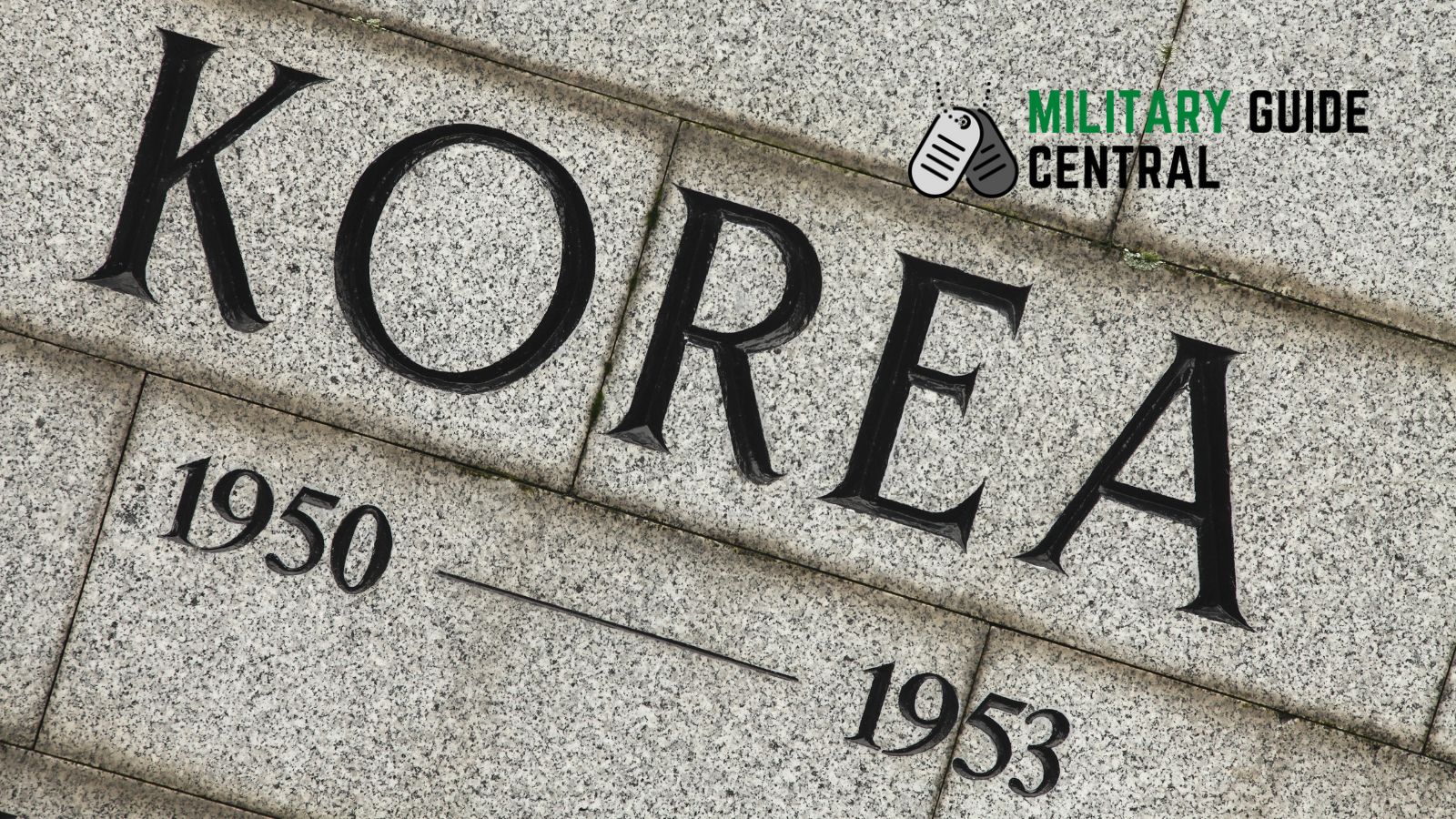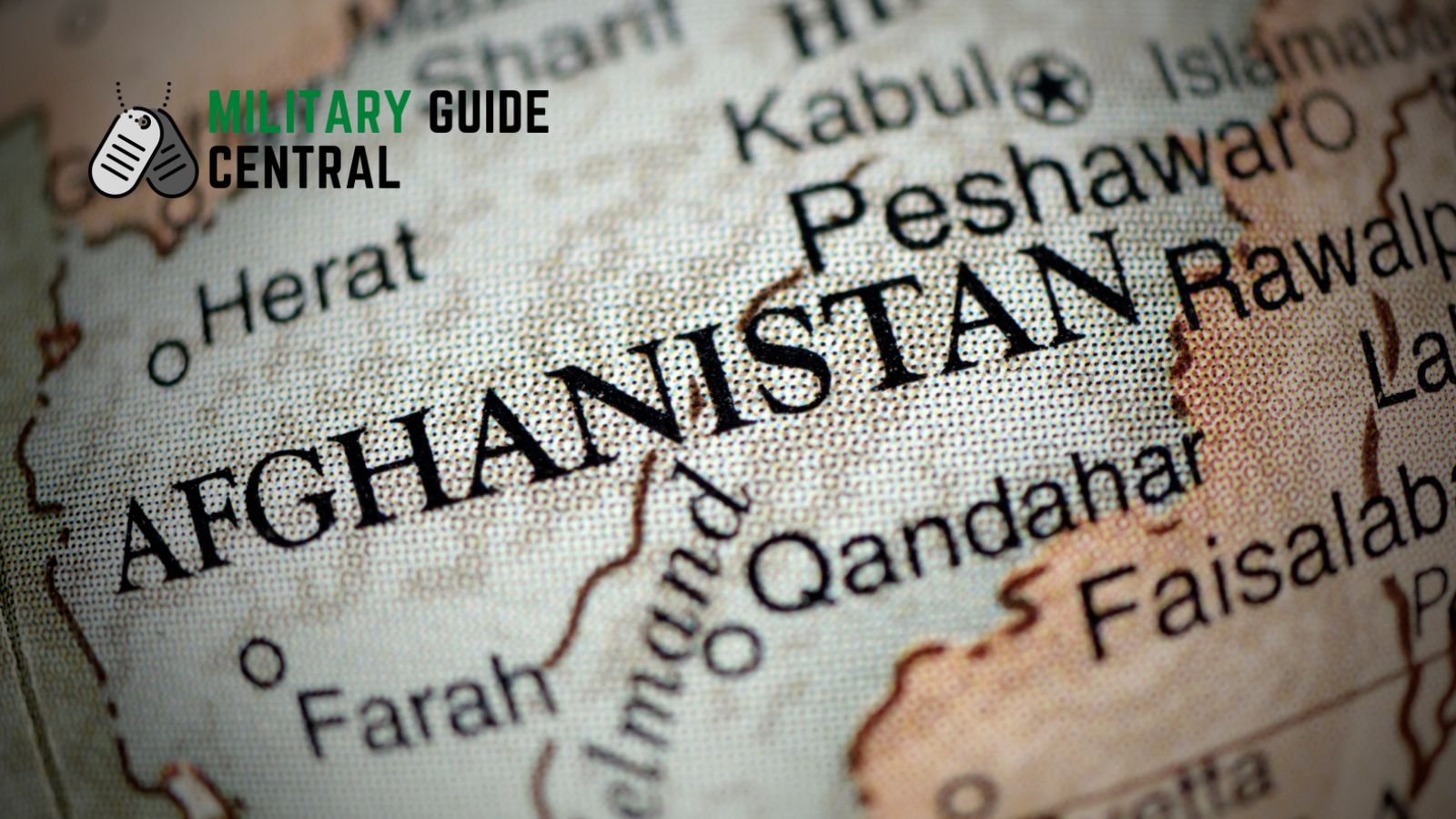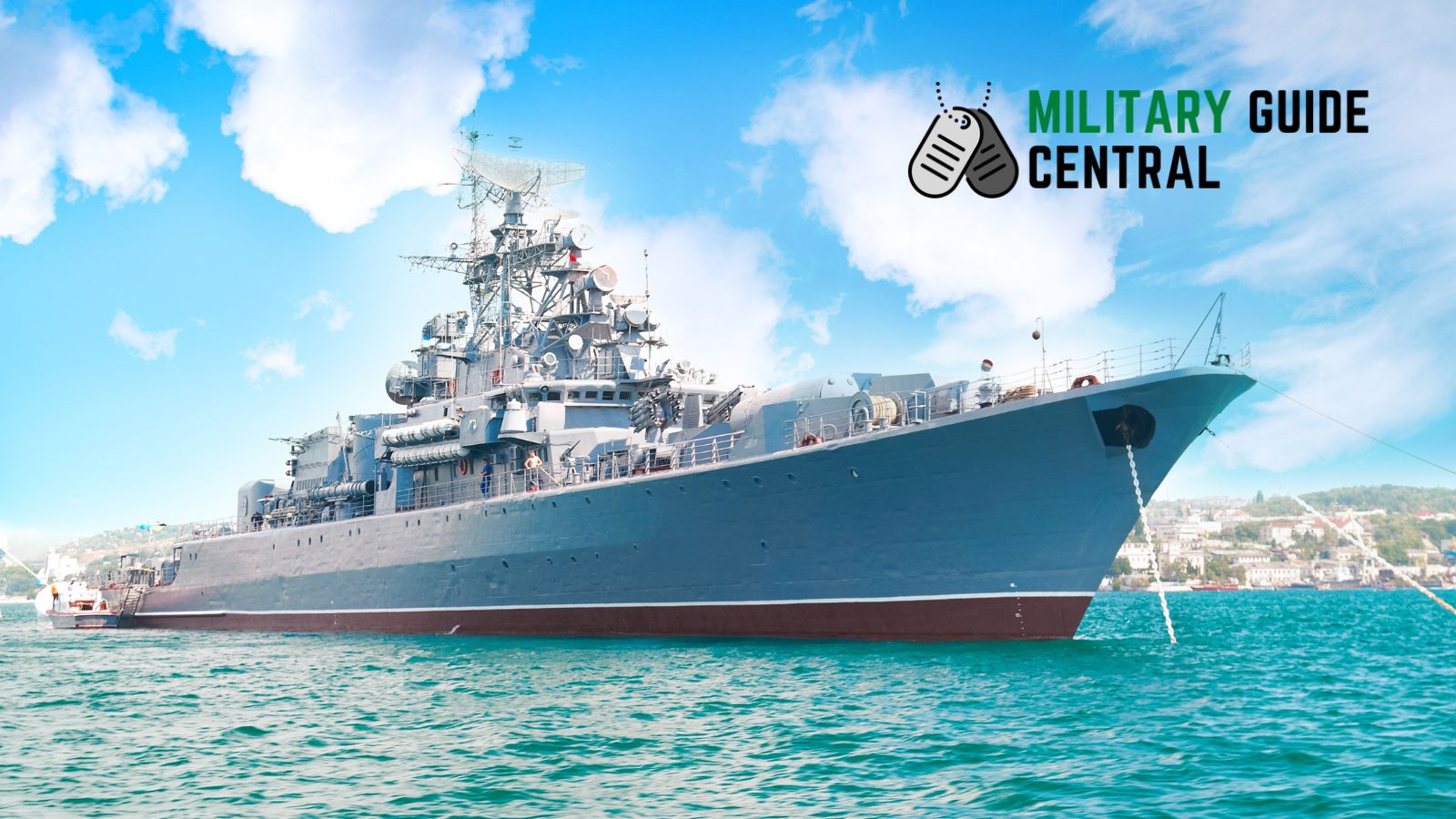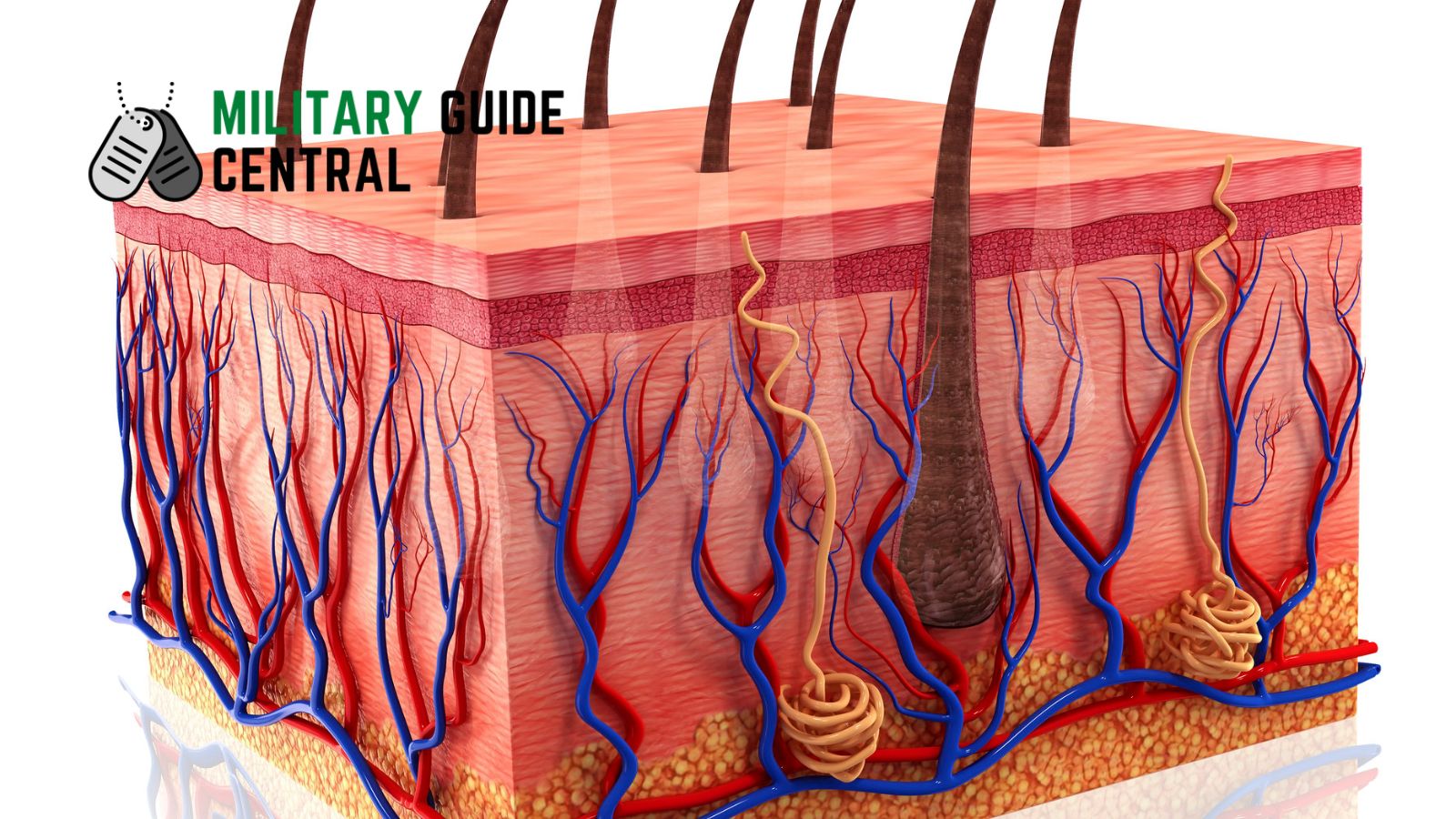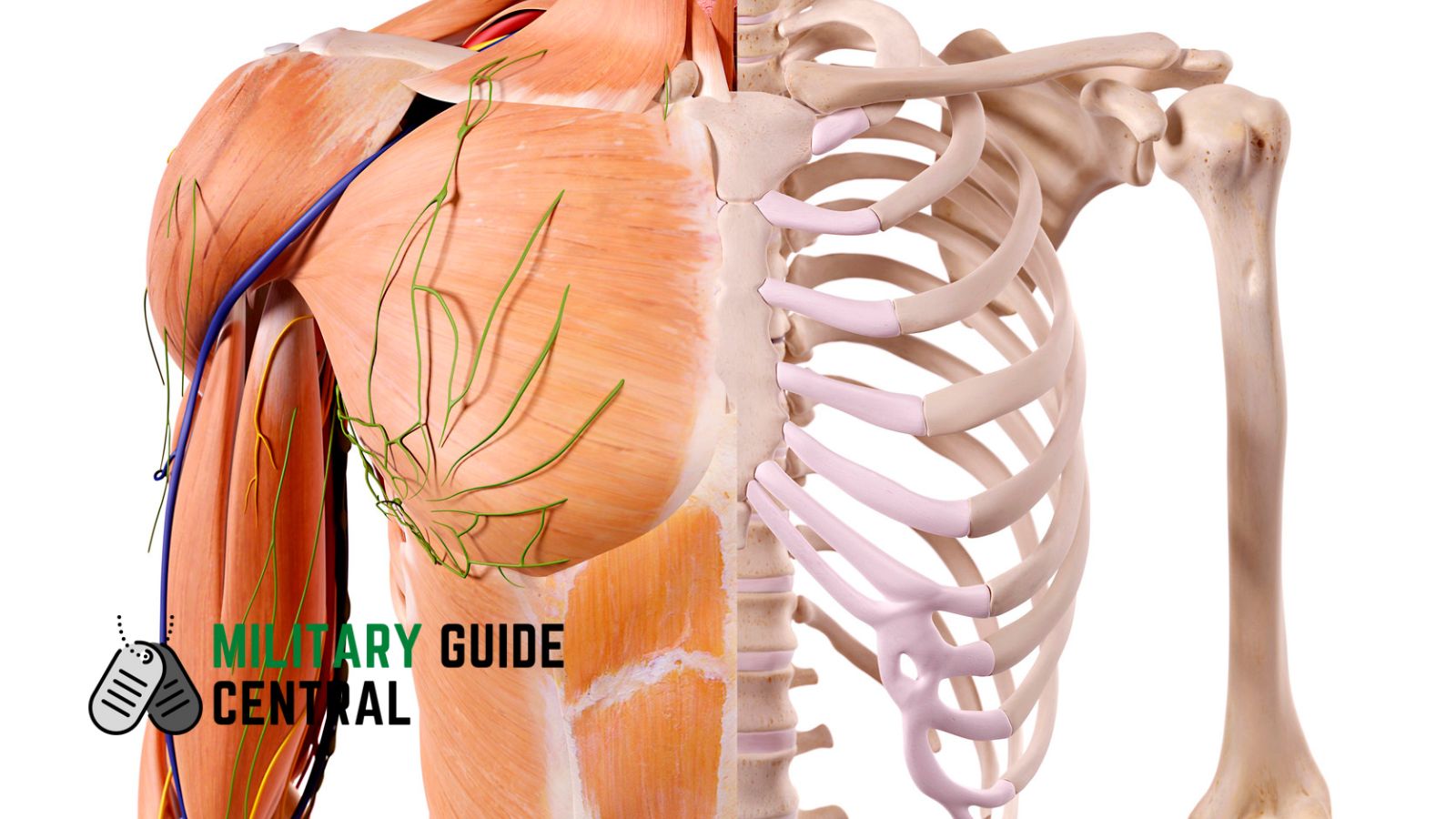Hospital Corpsmen in the Korean War: Battles, Losses, and Awards
The start of the Korean War Key points The start of the Korean War In 1950, North Korea invaded South Korea. Marines were stationed on the Korean peninsula, with hospital corpsmen entering the battle shortly after. The battles in the Korean War The fighting began at the Battle of Inchon in September 1950, which led … Read more

